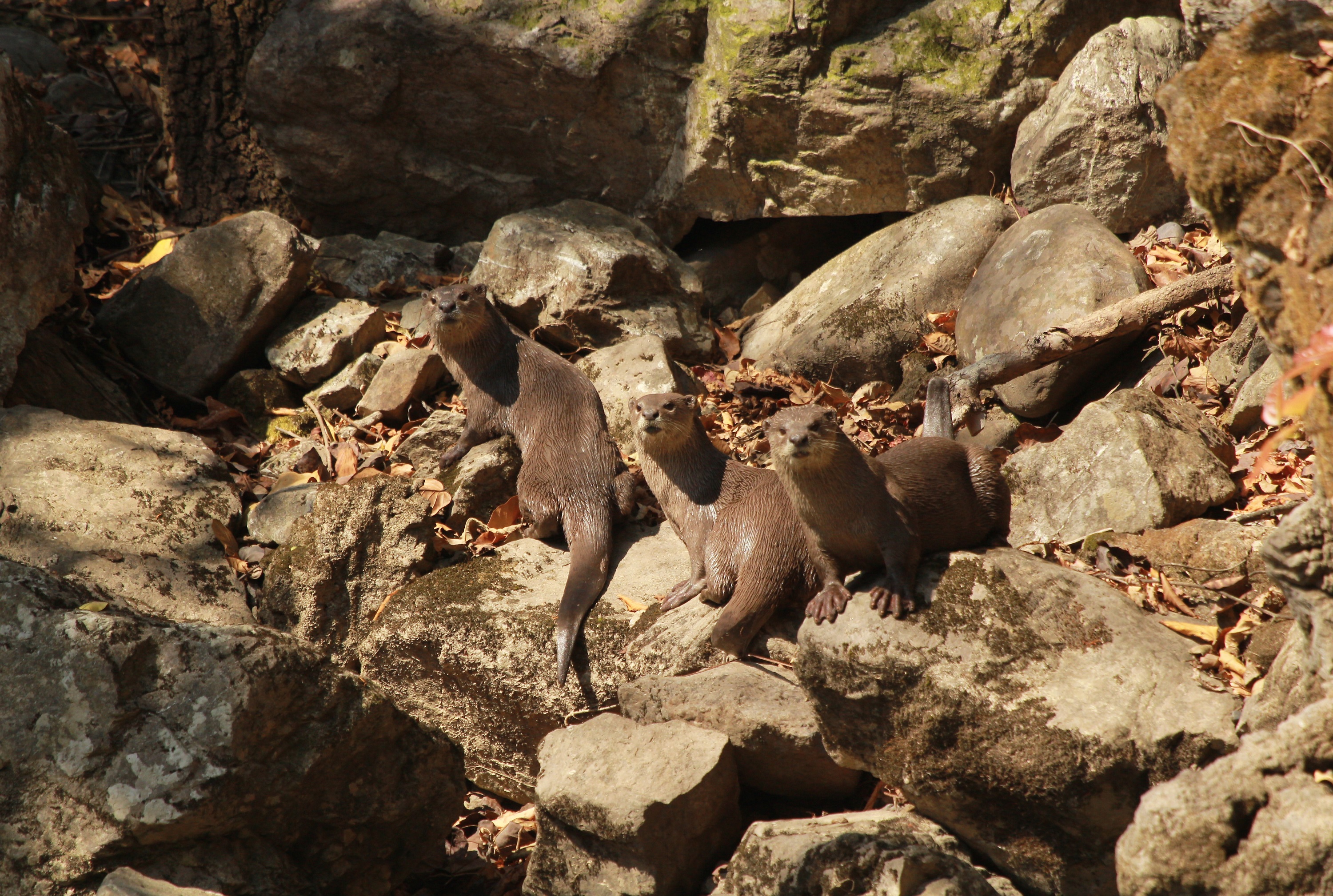 On 22 February 2020, Dr Nishikant Gupta delivered a presentation at the ‘3rd Himalayan Otter Network Meeting’ held in Kathmandu, Nepal. Nishikant is currently working at the International Centre for Integrated Mountain Development (ICIMOD), Kathmandu, Nepal as a Programme Officer for the Koshi Basin Initiative (KBI), but is also a Visiting Research Fellow within the Department of Geography and Environmental Management (DGEM) at the University of the West of England.
On 22 February 2020, Dr Nishikant Gupta delivered a presentation at the ‘3rd Himalayan Otter Network Meeting’ held in Kathmandu, Nepal. Nishikant is currently working at the International Centre for Integrated Mountain Development (ICIMOD), Kathmandu, Nepal as a Programme Officer for the Koshi Basin Initiative (KBI), but is also a Visiting Research Fellow within the Department of Geography and Environmental Management (DGEM) at the University of the West of England.
Nishikant began his talk – ‘Distribution pattern of otters in the Indian Himalayas’ – by providing an overview of the otters in the Indian Himalayan state of Uttarakhand, also known as the ‘ambassadors of wetlands’, the growing anthropogenic threats, and the potential impacts of the projected climate change trends (up to 2050) for the region on the species.
He then described the Eurasian otter (Lutra lutra), smooth-coated otter (Lutrogale perspicillata), and Asian small-clawed otter (Aonyx cinereus) which have all been reported previously in the region. He stressed that little information is available about their current distribution in a mountainous region that is subject to increasing human-induced stressors (such as hydropower plants, pollution, sand and boulder mining, destructive fishing techniques, and poaching). He mentioned that owing to important roles played by these otters in structuring riverine food webs (particularly taking account of their roles as top carnivores), it is critical that they receive suitable protection.
Nishikant described the field surveys which were conducted in reaches of the Kosi, Ramganga, Khoh, and Song rivers, supported by semi-structured interviews with members of local communities to collect qualitative data on views and perceptions of otter species. In addition, he highlighted the community-based otter awareness camps organized for local youths, adults, and schoolchildren.
 Nishikant’s description of the habitat suitability maps which were created using remote-sensing data, survey findings, and a geographic information system to provide information about priority reaches of river to be targeted for future conservation efforts was very well received by the audience. He concluded by identifying opportunities to guide decision-makers towards developing a targeted, otter-specific conservation programme for this important Himalayan biodiversity hotspot. The presentation also highlighted some of the gaps which need urgent intervention/attention by policy-makers.
Nishikant’s description of the habitat suitability maps which were created using remote-sensing data, survey findings, and a geographic information system to provide information about priority reaches of river to be targeted for future conservation efforts was very well received by the audience. He concluded by identifying opportunities to guide decision-makers towards developing a targeted, otter-specific conservation programme for this important Himalayan biodiversity hotspot. The presentation also highlighted some of the gaps which need urgent intervention/attention by policy-makers.
Nishikant pointed out that the otter conservation education programmes conducted during this study resulted in a proposal to set up a community-based conservation initiative to monitor and report otter sightings from the area, potentially representing a way forward for achieving simultaneous otter conservation and associated ecosystem benefits for local communities. It was followed by a lively question-and-answer session with the other participants.
